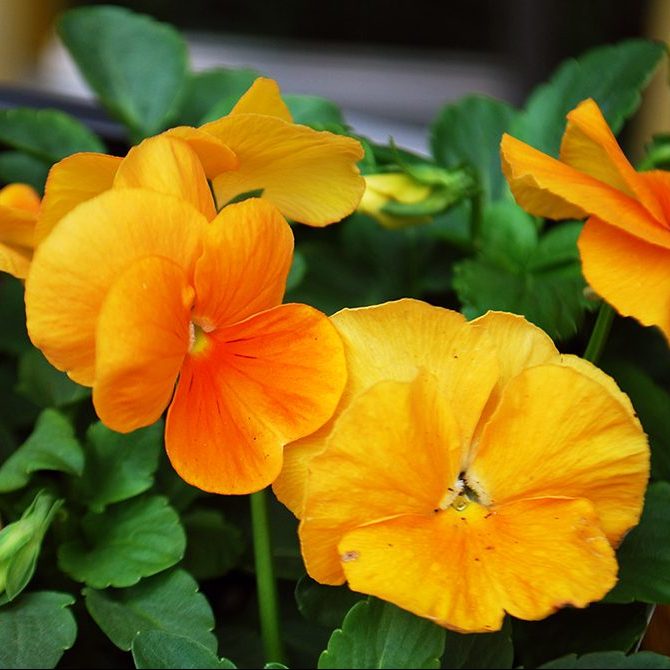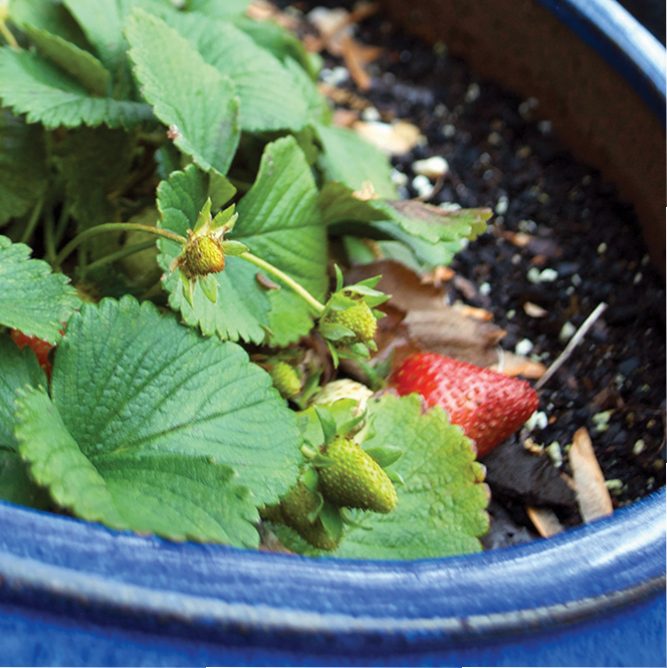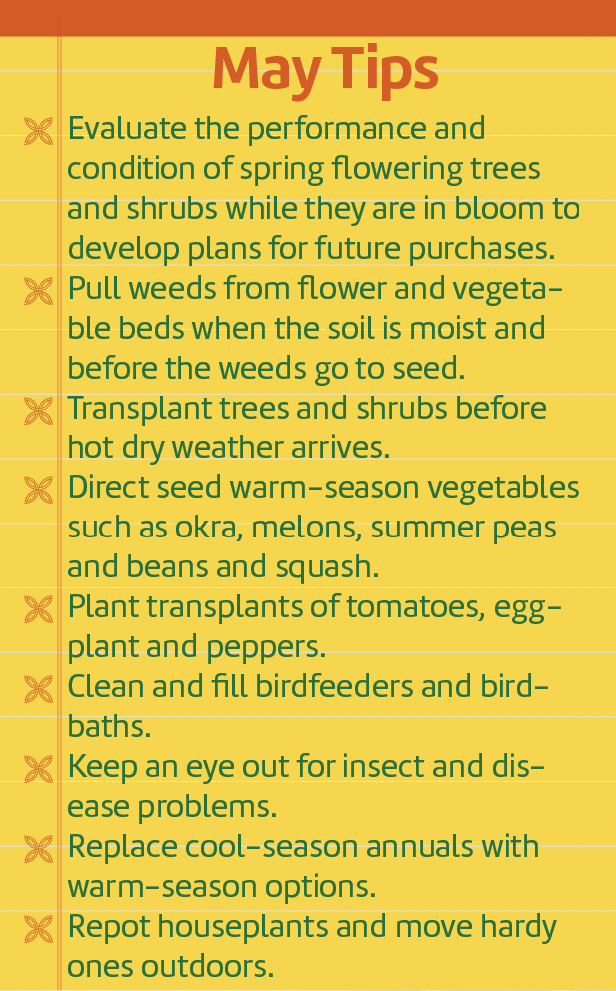By Katie Jackson
Create a beautiful, edible landscape

A few years back I got this hair-brained idea (or maybe I should say I got another hair-brained idea – they seem to come to me rather regularly). I replaced a section of aged, declining boxwoods beside our garage with three blueberry bushes and a pomegranate shrub. It was my first attempt to begin turning our ornamental landscape into an edible one.
The area looked a little barren for the first year, but by the second year the shrubs had filled out and begun producing fruit. The idea worked well enough that I also began filling pots on my back patio with lettuces and strawberries instead of annual flowers.
Granted, I’m not producing buckets of berries or bowls of salad from these small plantings, but I am harvesting enough to add fresh, seasonal fruits and leafy greens to our meals and I am on my way to making our landscape attractively tasty.

Edible landscapes (also called foodscapes) are nothing new. They’ve been around ever since the human race began cultivating crops and the concept experienced a hey day during the era of victory gardens, when homeowners took to planting fruits and vegetables in areas previously reserved for lawns and flower beds. In more recent years this practice has undergone a revival, especially among gardeners interested in making their landscapes more sustainable and environmentally friendly and in eating local food. What’s more local than your own yard, right?
The benefits of edible landscapes are plentiful. As with any homegrown produce, this practice helps cut down on food transportation, production and storage costs and allows us to control the safety, purity and freshness of our food. Edible landscapes that take the place of thirsty, labor-intensive lawns and ornamentals can also help reduce water, chemical and fuel usage in our yards.
Creating an edible landscape doesn’t mean giving up a beautiful landscape, either. It’s simply an opportunity to incorporate edible plants into a landscape design, and it’s as easy as trading off some non-fruiting plants for fruiting ones or mixing edibles in with ornamentals.

For example, use muscadine vines instead of honeysuckle or jasmine vines on a trellis or fence. Perennial herbs, such as rosemary, make fabulous (and fragrant and flowering) shrubs or borders. Cool season annual flowers can be substituted or interspersed with basil, kale and other leafy greens in beds or pots. Containers usually reserved for summer flowering plants can be filled with cherry tomatoes, hot peppers or herbs. A pecan or pear tree can be used as a shade tree. You get the picture.
And don’t forget that often the pretty petals of flowering ornamental plants are also edible. Not only are blooms from many herbs (such as basil and chives) and vegetables (such as squash blossoms) safe to eat, so are marigold, violet, rose and sunflower petals, to name a few of the annual and perennial flowers that can become part of a meal.  Some of these flowers provide added flavor to dishes while others simply make stunning garnishes, but they can be fun to experiment with. Just make sure you eat from a list of safe flowers, one of which can be found in the North Carolina Extension publication Choosing and Using Edible Flowers, and don’t eat petals from florist flowers or flowers picked along roadsides as these may have been treated with chemicals.
Some of these flowers provide added flavor to dishes while others simply make stunning garnishes, but they can be fun to experiment with. Just make sure you eat from a list of safe flowers, one of which can be found in the North Carolina Extension publication Choosing and Using Edible Flowers, and don’t eat petals from florist flowers or flowers picked along roadsides as these may have been treated with chemicals.
To begin creating your own edible landscape, start small and pick plants and foods you love. An abundance of books and articles on creating edible landscapes is available online or in bookstores and local libraries, but you can get started by checking out the Alabama Cooperative Extension System publication Edible Landscaping.
Bon appetit!
Katie Jackson is a freelance writer and editor based in Opelika, Alabama. Contact her at [email protected].




